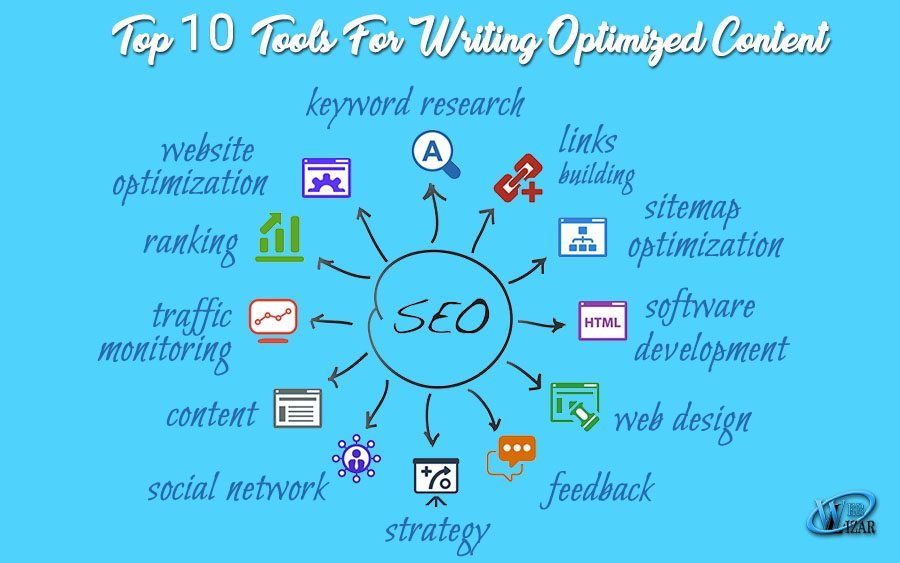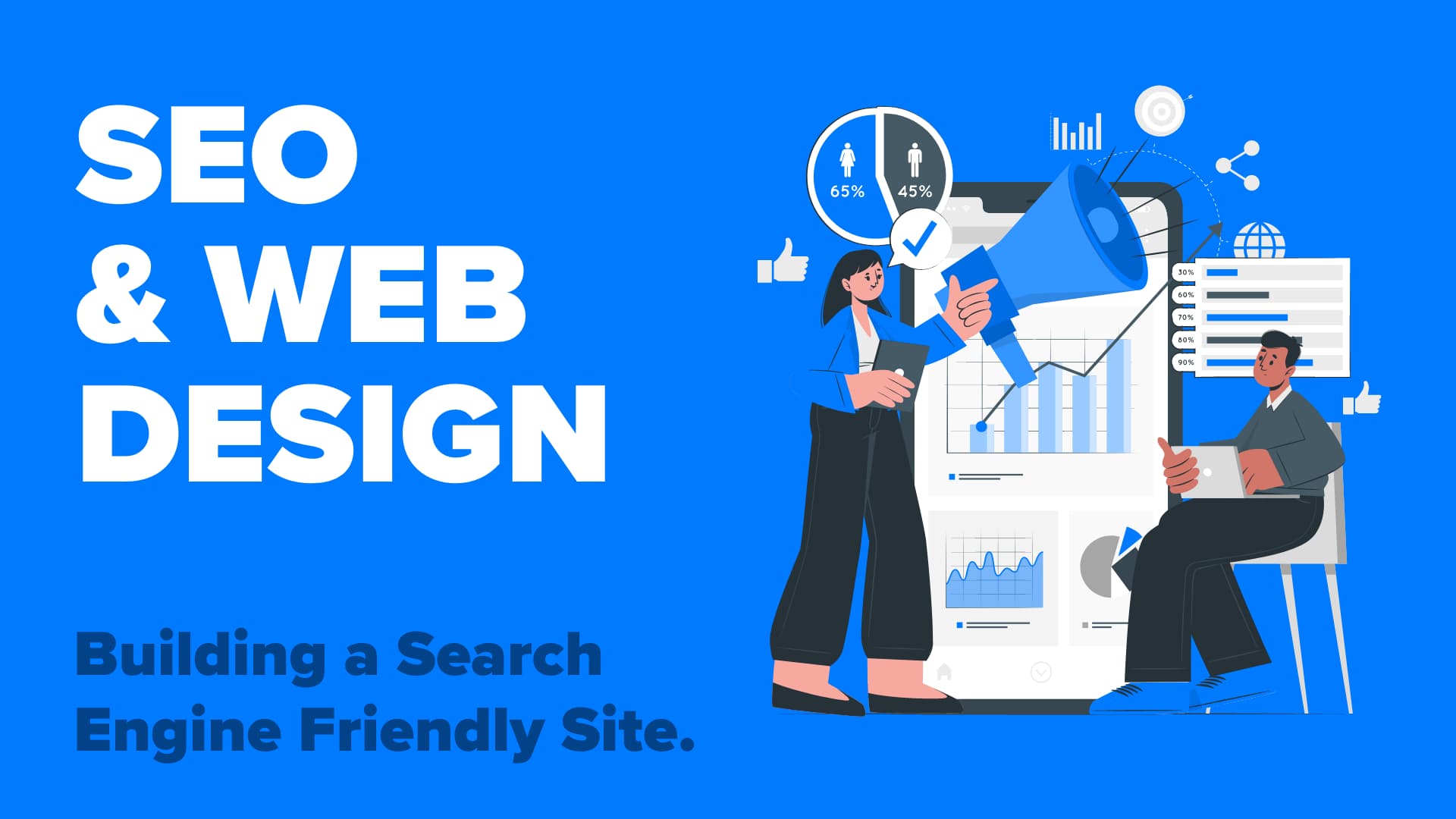Exploring What Is Ruled Out a Default Medium in Google Analytics for SEO
Exploring What Is Ruled Out a Default Medium in Google Analytics for SEO
Blog Article
Thinking Outside the Box: Leveraging Unusual Tools to Enhance Google Analytics Performance
In the realm of electronic advertising and marketing, the pursuit for boosted Google Analytics performance has come to be a tactical imperative for businesses seeking to refine their online presence. Standard techniques usually drop brief in catching the complete range of customer interactions and behaviors. By discovering non-traditional mediums as avenues of data collection, a new realm of possibilities emerges. These uncharted areas supply a riches of untapped understandings that could possibly reinvent the way we recognize and optimize our electronic strategies.
Unique Information Resources

CRM systems, for instance, can provide understandings right into private client communications, acquisition background, and preferences, which can be integrated with Google Analytics information to create even more tailored advertising approaches. Social network systems offer valuable data on individual demographics, rate of interests, and interaction metrics, enabling services to gauge the performance of their social media sites campaigns and maximize web content for much better performance. Email advertising and marketing information, consisting of open prices, click-through rates, and conversion metrics, can likewise be leveraged to track customer engagement and actions beyond web site communications recorded by Google Analytics. By leveraging these unique information sources, businesses can improve their methods, enhance targeting efforts, and improve total Google Analytics performance.
Social Media Site Insights

Furthermore, social networks analytics devices allow services to track key performance indicators, monitor project effectiveness, and determine the influence of their online tasks. Recognizing the demographics of fans, identifying popular web content motifs, and reviewing interaction levels can help organizations tailor their marketing methods for far better outcomes.
Offline Advertising Integration
Integrating offline advertising approaches with electronic analytics can enhance overall project efficiency and give a more extensive understanding of consumer actions. what is not considered a default medium in google analytics. By connecting the space between online and offline efforts, organizations can track the effect of conventional marketing channels such as print ads, TV commercials, direct-mail advertising, and occasions on their on-line existence

Moreover, executing call monitoring systems for offline advertising and marketing activities makes it possible for organizations to capture beneficial data on consumer queries created through published products or ads (what is not considered a default medium in google analytics). By evaluating call information alongside on the internet metrics in Google Analytics, organizations can acquire deeper insights right into the customer journey and optimize advertising and marketing approaches for improved efficiency throughout all channels
IoT and Wearable Innovation
Using IoT and wearable technology in electronic analytics can reinvent data collection and consumer understandings for organizations looking for a much deeper understanding of user behavior patterns. These cutting-edge modern technologies offer a seamless method to collect real-time information from numerous touchpoints. IoT devices can track user interactions with solutions or products, giving useful information on use patterns and preferences. Wearable technology, such as smartwatches or fitness trackers, can use understandings into customer tasks, health metrics, and also location data.
Gamification Approaches
The implementation of gamification methods in electronic analytics provides a cutting-edge method to enhancing customer engagement and driving workable insights for services. By including game-like aspects such as factors, badges, leaderboards, and awards into the analytics interface, firms can motivate customers to connect much more often and meaningfully with the data.
Gamification encourages customers to check out different attributes of the analytics system, revealing beneficial understandings that may have or else gone unnoticed. With interactive difficulties and development monitoring, users are incentivized to delve much deeper into the information, causing boosted time visit homepage spent on the system and a higher chance of uncovering vital fads or patterns.
Furthermore, gamification can foster a sense of competitors among individuals, stimulating them to make every effort for higher performance and involvement levels. This competitive spirit can drive enhanced customer adoption prices and a much more thorough utilization of the analytics tools readily available. Eventually, by leveraging gamification techniques in digital analytics, organizations can develop a much more efficient and appealing environment for individuals, causing more informed decision-making and boosted overall efficiency.
Final Thought
In conclusion, leveraging unconventional mediums such as distinct information sources, social media sites understandings, offline advertising and marketing integration, IoT and wearable technology, and gamification strategies can maximize Google Analytics performance. By assuming outside package and checking out these alternate resources of information, companies can obtain useful understandings and improve their total advertising strategies. It is essential for firms to continuously check out new ways to collect data and analyze it in order to stay ahead in the ever-evolving digital landscape.
By integrating data from sources such as customer partnership management (CRM) systems, social media platforms, and email advertising and marketing campaigns, companies can acquire a much more thorough understanding of their target market behavior and interaction patterns. Social media platforms supply valuable data on user demographics, passions, and interaction metrics, enabling businesses to assess the effectiveness of their social media campaigns and maximize content for much better efficiency. By leveraging these special data sources, organizations visit this page can improve their techniques, enhance targeting initiatives, and enhance general Google Analytics efficiency.
Discovering social media understandings can offer companies with useful information on customer demographics, rate of interests, and engagement metrics, allowing for educated decision-making and critical optimization of advertising and marketing efforts. By assuming outside the box and discovering these alternative resources of information, organizations can gain important understandings and boost their general marketing approaches.
Report this page